Being able to mark the passage of time has always been important to humans. Our ancestors would have used natural methods, such as following the passage of the sun and the moon. The first man-made clocks date back to 3500 BCE when the Egyptians erected obelisks.
As time went on, clock technology improved and eventually people were interested in portable timepieces. These early watches often also functioned as small table clocks but had rings on them that could be attached to chains. They were also small enough to fit inside a person’s hand. The first watches were created in Europe, in particular Germany, during the early 16th century. Amazingly, many early watches have been well preserved and are on display in museums around the world.
10. Edward East Puritan Watch
Year Created: c.1640
Watchmaker: Watchmaker
Country of Origin: London, England
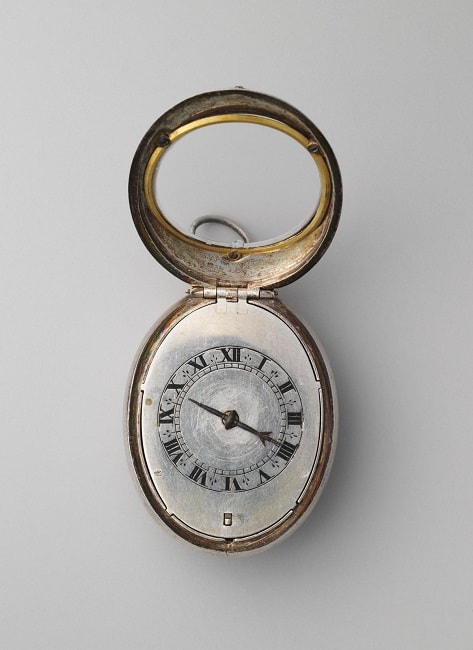
Edward East was successful clock and watch maker in London during the 17th century. East was chief watchmaker and clockmaker for King Charles II; he also made clocks and watches for King Charles I. In 1631, East was also one of the founding member of the London Clockmakers’ Company.
This 17th century Puritan watch created by East had a plain and unadorned style. The watch’s simplicity was supposedly a reaction to the more elaborate and flashier watches from a few decades earlier. While the outside of this watch is plain, the inside clockwork had more flair such as an open floral design, Egyptian style pillars, and a gut fusee.
9. Johann Possdorfer Watch
Year Created: c.1630 – 1640
Watchmaker: Johann Possorfer
Country of Origin: Dresden, Germany
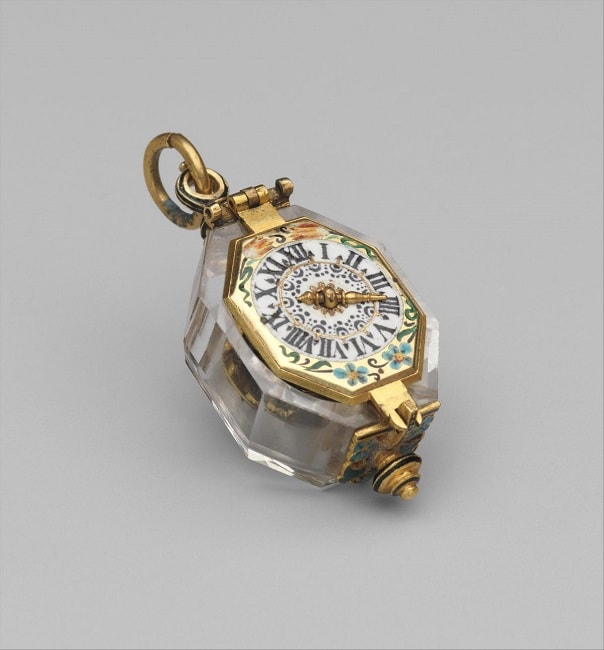
This rock crystal watch, a popular style during the time period, was created by Johann Possdorfer in the mid-17th century. Possdorfer was a skilled German watchmaker and worked with Swiss clockmaker Jobst Bürgi in Prague for Prince Karl I of Liechtenstein. Possdorfer would have learned advanced clock making techniques from Bürgi, such as how to make a cross-beat escapement.
Reportedly, Possdorfer made a watch with a cross-beat escapement while in Prague and it was one of the most accurate watches until the balance spring was invented – that watch is housed in the Grünes Gewölbe museum in Dresden, Germany. This Possdorfer watch at the Metropolitan Museum does not have a cross-beat escapement and is more notable for its size.
8. Clock Watch with Alarm and Calendar
Year Created: c.1600 – 1610
Watchmaker: Nicolas Forfaict
Country of Origin: Paris, France
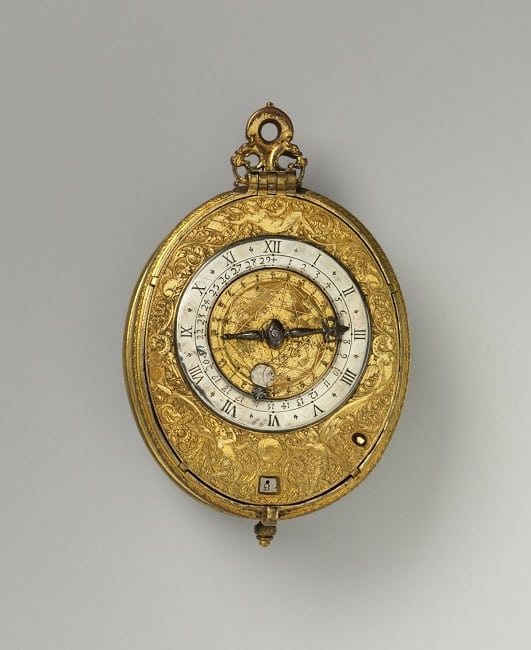
This clock watch from early 17th century Paris is notable for being one of the earliest watches to have additional features. This watch had an alarm and also a calendar that showed the moon’s age in its monthly cycle. The watch’s calendar also showed the phases of the moon. Additionally, this clock watch allowed its user to read the length of time of moonlight after sundown.
The center of the clock face also had an aspectarium that showed the changes in the angular distance between the sun and moon in the zodiac. This clock watch was most likely used by an astrologer or someone interested in astrology.
7. Clock Watch
Year Created: c.1600 – 1610
Watchmaker: Michael Nouwen or Nouen; case by unknown artist
Country of Origin: London, England
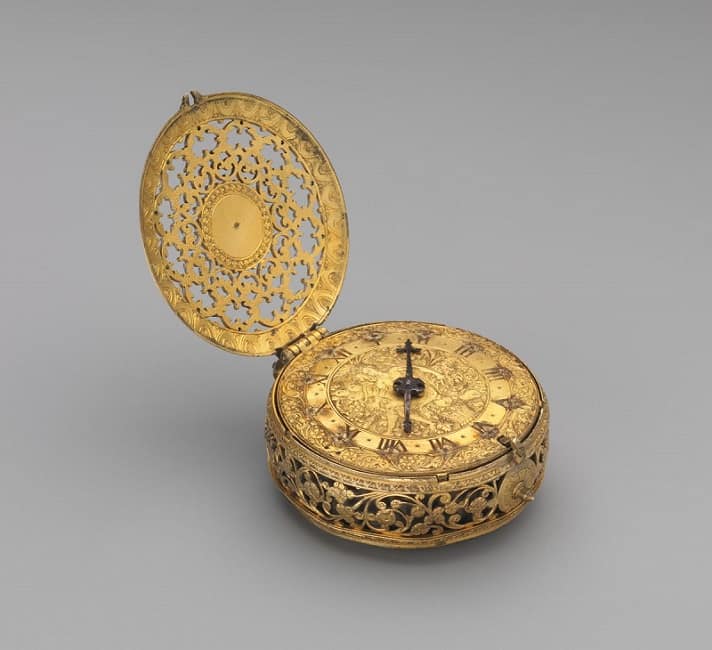
This early 17th century clock watch is called this because it strikes the hour like a clock. The case has cutouts so that the sound of the bell, which is inside of the case, could be heard. This particular clock watch at the Met Museum was created by Michael Nouwen, a Flemish watchmaker who worked in London around this time. Nouwen died not long after this watch was made, around 1613.
The metalwork of this clock watch is intricate and looks like a piece of jewelry. The case and the dial are made of gilded brass and the clock hand is blued steel. The movement is made out gilded brass and iron.
6. Lesser George Watch
Year Created: c.1600
Watchmaker: Nicholas Vallin; case by unknown artist
Country of Origin: London, England
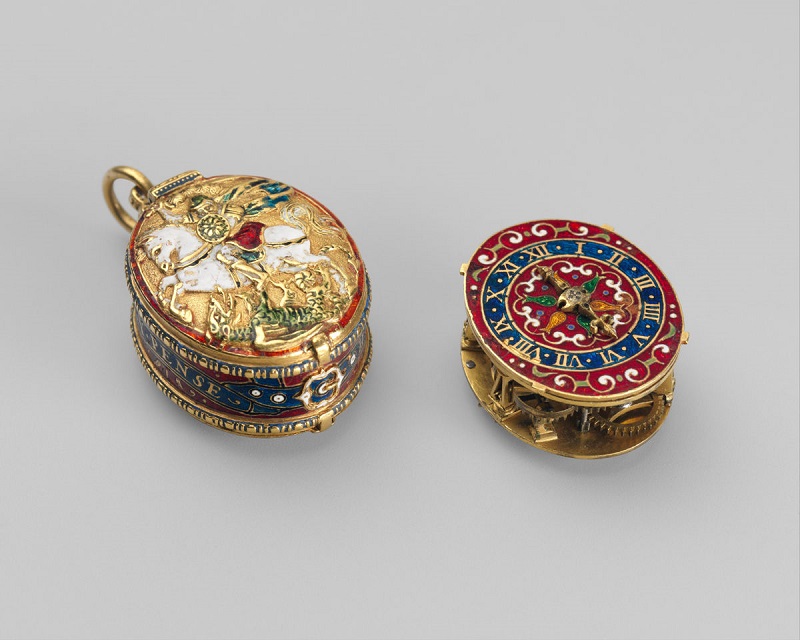
This watch by Nicholas Vallin was created in 1600 and has a beautifully ornate case. The watch’s case features the ensign of the English Order of the Garter, a group of royal knights still in existence that was originally established by King Edward III in medieval times.
Saint George, the patron saint of the Order, is shown fighting a dragon on the case. The case is mostly made out of gold and enamel, while the actual watch is made of gilded brass and steel. This watch was both a functional timepiece and served as sign that a knight was part of the Order of the Garter.
5. Rock Crystal Case Watch
Year Created: watch in 1560; case in c.1625
Watchmaker: Unknown German artist
Country of Origin: Germany
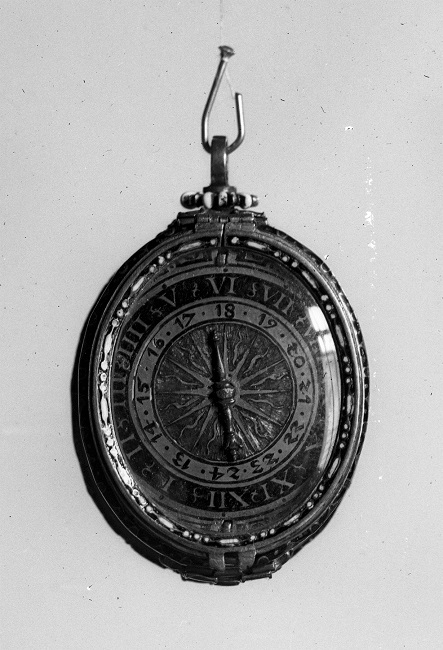
This 16th century watch with a rock crystal case is one of the earliest examples of a watch that was made to be worn like jewelry. This watch is quite small compared to others from the same time period, which has led some people to question its authenticity. However, the watch is signed with the initials H.K. and a date of 1530. Additionally, analysis has revealed that the watch’s composition is similar to other watches from the Renaissance period. The rock crystal case was added to the watch sometime in the early 17th century.
4. Portable Drum Watch
Year Created: 1550 – 1570
Watchmaker: Christoph Schissler
Country of Origin: Augsburg, Germany
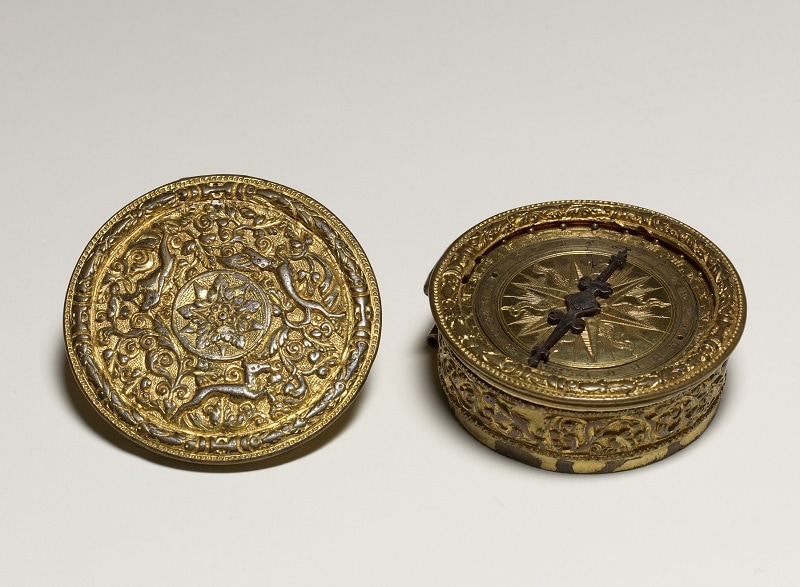
The portable drum watch at the Walters Art Museum in Baltimore, Maryland was created by Christoph Schissler sometime between 1550 – 1570. This drum watch had a sundial on the lid, which could be used to reset the mechanical clock – this made it one of the most accurate early clocks.
The watch is also engraved with animals and foliage, making it an obvious luxury item. The portable drum watch was donated to the Walters Art Museum in 1931 by Henry Walters – it is unknown when the watch came into Mr. Walters possession.
3. Melanchthon’s Watch
Year Created: 1530
Watchmaker: Unknown for sure – attributed to Peter Henlein
Country of Origin: Nuremberg, Germany
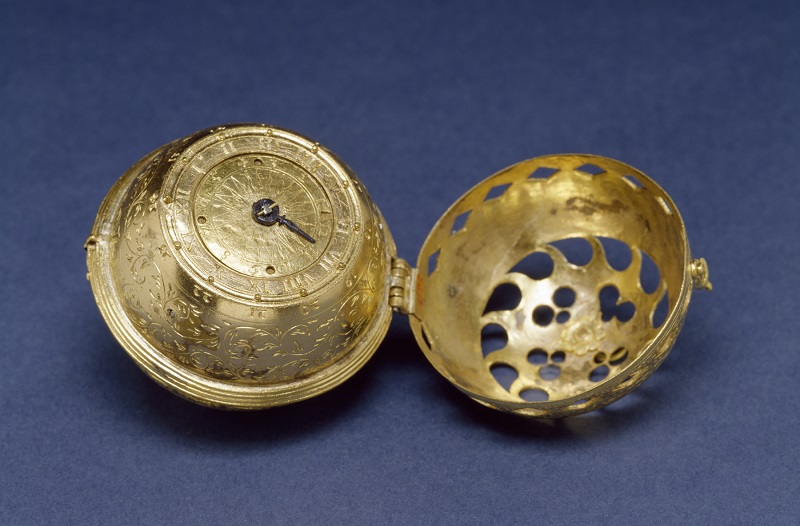
Melanchthon’s Watch, named for its original owner Philip Melanchthon, is the oldest definitively dated watch in the world. The watch is engraved on the bottom with “PHIL[IP]. MELA[NCHTHON]. GOTT. ALEIN. DIE. EHR[E]. 1530” (Philip Melanchthon, to God alone the glory, 1530). There is no watchmaker’s signature on Melanchton’s Watch, but is similar in style to other 16th century watches made by famed watchmaker Peter Henlein.
Like other early watches, Melanchthon’s Watch had small legs so it could be used as a small table clock, as well as a small ring so it could be attached to a necklace or chain. The watch was able to run for 12 to 16 hours with just one winding and told time to within the nearest half hour.
2. Henlein Pocket Watch
Year Created: 1510
Watchmaker: Peter Henlein
Country of Origin: Nuremberg, Germany
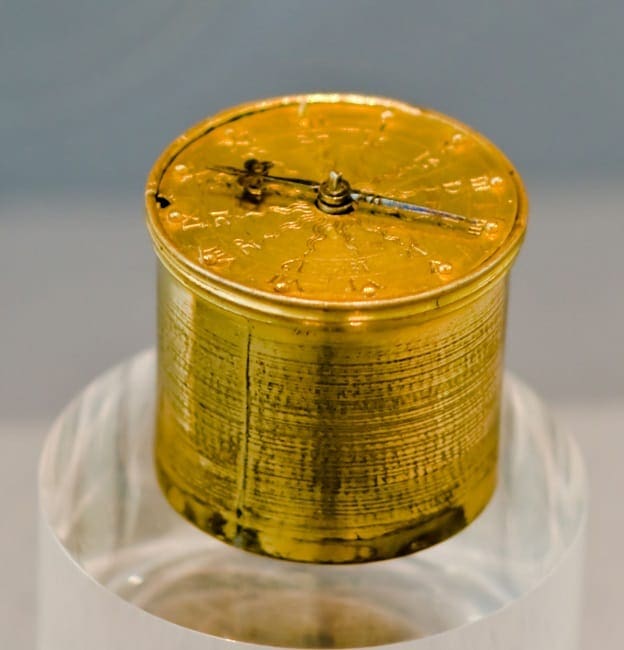
The drum shaped pocket watch, which was believed to be the world’s oldest watch for centuries, is the second watch on this list with uncertain origins. This particular watch is often called the Henlein pocket watch because it was supposedly created by Peter Henlein in 1510. Due to this, it is widely cited that Henlein presented the world with the first mechanical watch in 1510.
Like the Pomander Watch on this list, the Henlein pocket watch’s true provenance is uncertain. While parts of the watch may actually date to the 16th century, its believed that Henlein’s “signature” was added at a much later date because it overlaps older scratches. Additionally, recent computer imaging shows that the many of the internal parts of the pocket watch did not originally belong together. Regardless of whether or not the Henlein pocket watch is authentic, it is still believed to be one of the oldest watches in the world.
1. Pomander Watch (Bisamapfeluhr)
Year Created: c.1505
Watchmaker: Unknown for sure – attributed to Peter Henlein
Country of Origin: Nuremberg, Germany
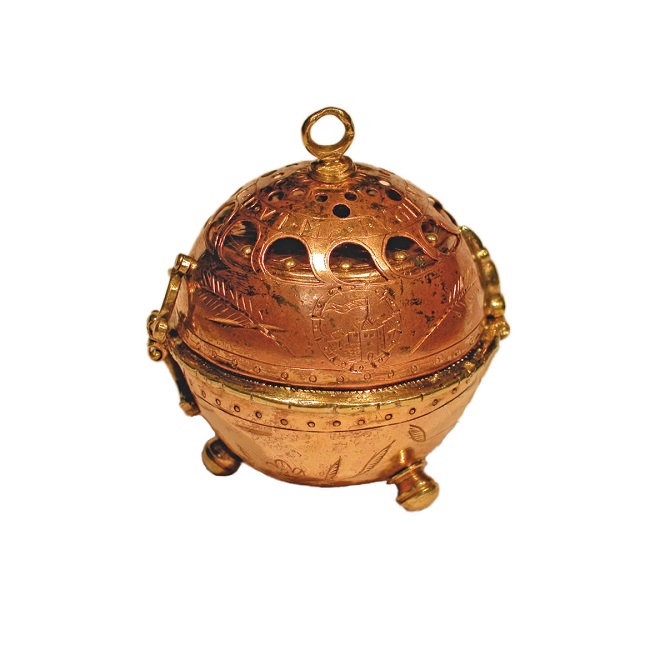
The Pomander Watch (Bisamapfeluhr in German) is believed to be the oldest known watch in the world. Following an in depth examination by a committee of various experts in their field, it was determined that the Pomander Watch was made 1505 by Peter Henlein, who is credited as the inventor of the watch.
While the Pomander Watch is not a watch in the modern sense, it is a small portable clock. The Pomander Watch was first discovered in 1987 and changed ownership several times because it was initially believed to be a forgery. Although the committee presented strong evidence that the Pomander Watch dates back to 1505 and was signed by Henlein, many people have doubts that the watch was actually made by Henlein.
OTHER POSTS YOU MAY BE INTERESTED IN










